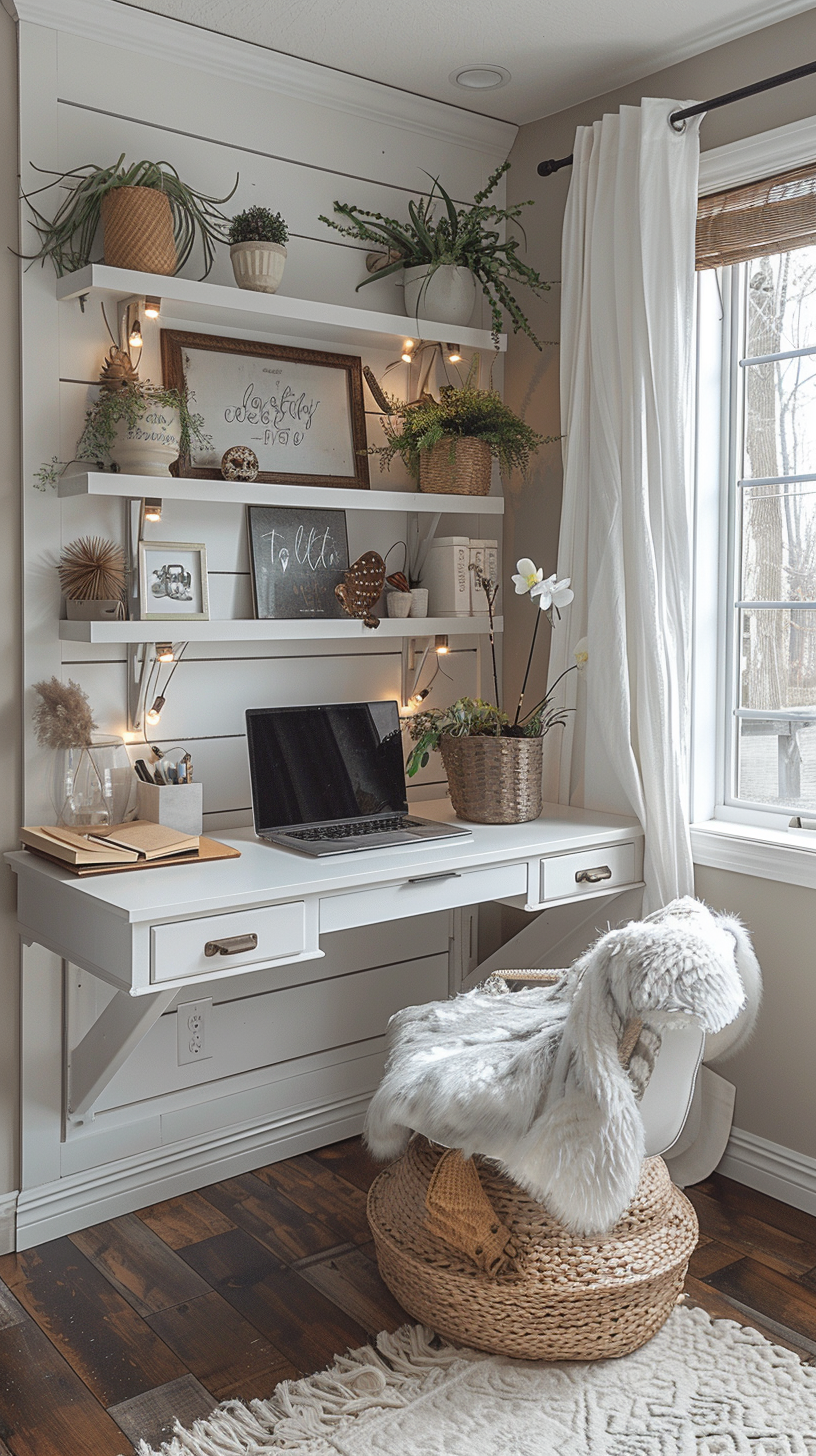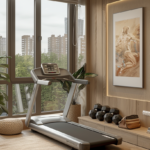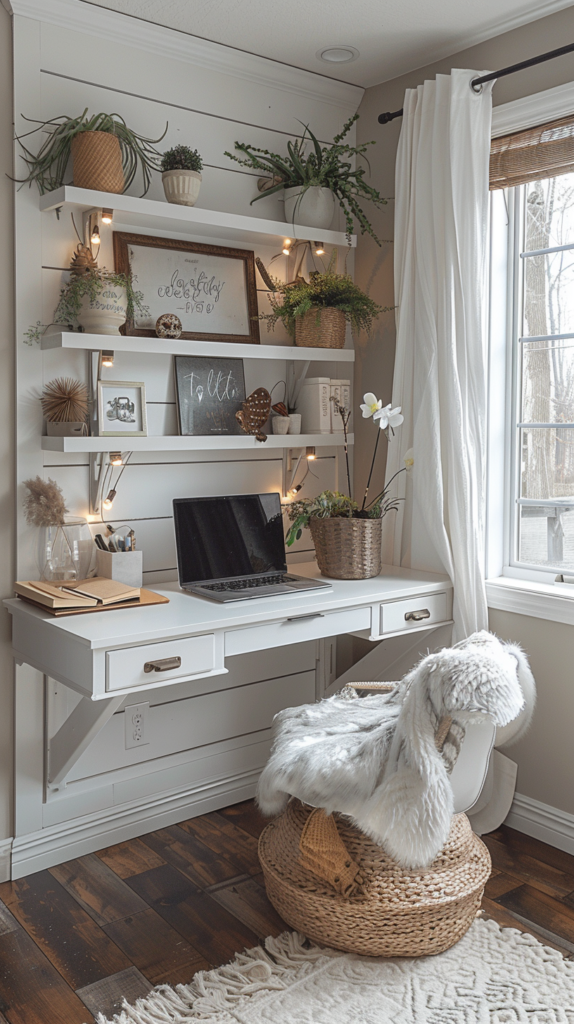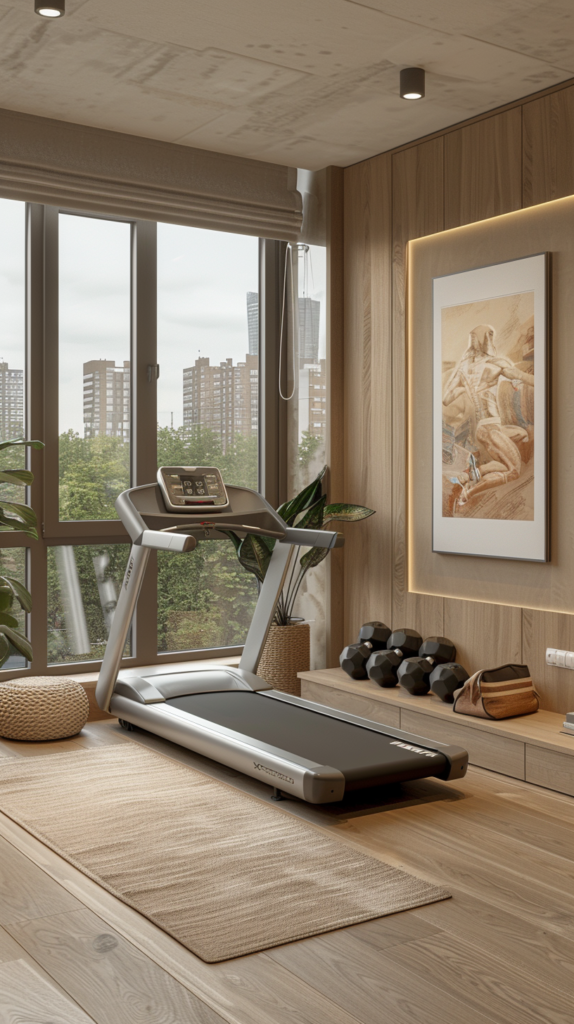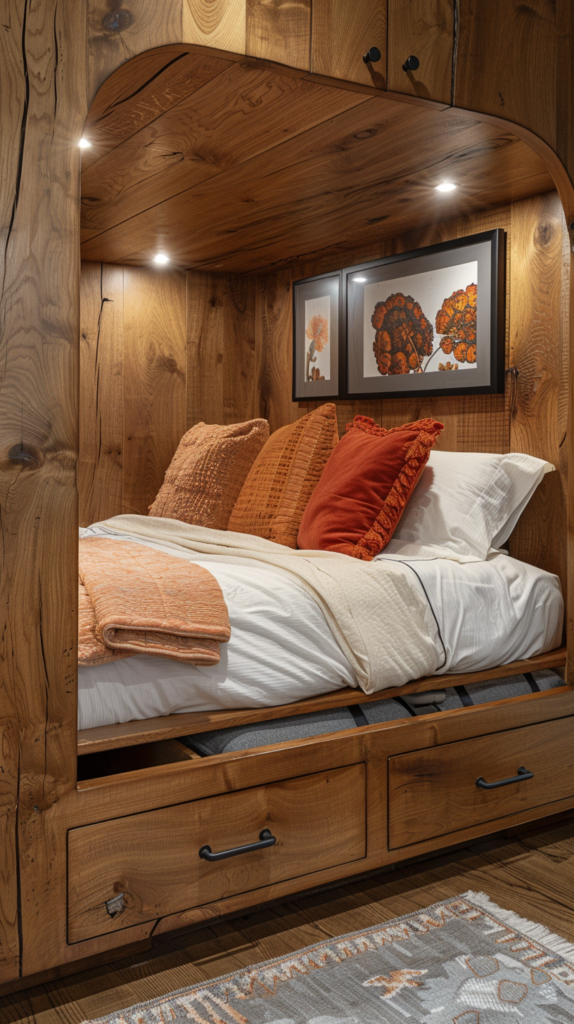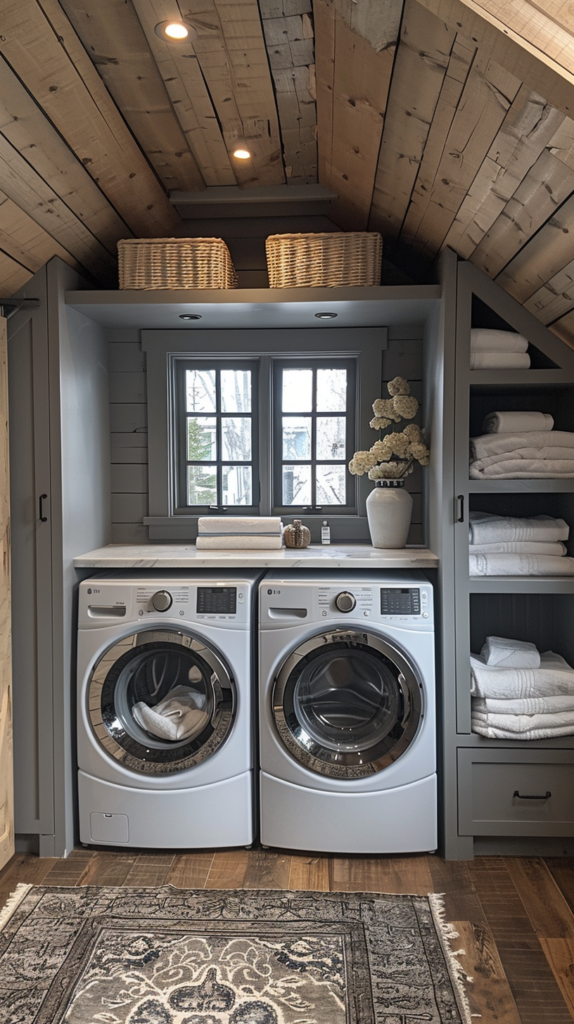Introduction
Turning a small corner into a functional home office can seem challenging, but with thoughtful design and strategic planning, you can create an efficient and stylish workspace. A well-designed home office not only boosts productivity but also maximizes the use of available space. In this article, we’ll explore practical tips and creative solutions for transforming a small corner into a functional home office that works for you.
Planning Your Small Home Office
1. Assess Your Space
Measure Your Area
Start by measuring the dimensions of your small corner. Accurate measurements are crucial for selecting the right furniture and ensuring that everything fits comfortably. Consider the height of the space as well, as this can impact your choice of storage solutions.
Evaluate Lighting and Power Sources
Take note of the lighting and power sources in your corner. Natural light is ideal for a home office, but if it’s limited, consider how you can add task lighting to brighten up your workspace. Ensure that power outlets are accessible for your computer and other electronic devices.

2. Define Your Needs
Determine Your Work Requirements
Identify what you need from your home office. Are you focusing on computer work, paperwork, or creative projects? Understanding your requirements will guide your choices for furniture and accessories.
Consider Your Storage Needs
Think about how much storage you need. Do you require shelves for books and files, drawers for office supplies, or a place for a printer? Planning your storage solutions in advance will help you stay organized and efficient.

Choosing Furniture for a Small Home Office
1. Space-Saving Desk Options
Compact Desks
Opt for a compact desk that fits the dimensions of your corner. Consider wall-mounted desks or floating desks that take up less floor space and create a clean, modern look. These options help maximize the use of your available area without sacrificing functionality.
Multi-Functional Furniture
Choose multi-functional furniture to get the most out of your space. For instance, a desk with built-in storage or a fold-down desk that can be stowed away when not in use. These pieces offer versatility and help keep your workspace organized.

2. Ergonomic Chair
Select a Comfortable Chair
Invest in an ergonomic chair that provides support and comfort during long working hours. Look for chairs with adjustable features, such as height and lumbar support. A comfortable chair enhances productivity and promotes good posture.
Consider Chair Size and Design
Ensure that your chair fits comfortably in your small corner. Choose a design that complements your desk and overall decor. A well-chosen chair will enhance both functionality and aesthetics.

Optimizing Storage Solutions
1. Wall-Mounted Shelves
Utilize Vertical Space
Install wall-mounted shelves to make use of vertical space in your small corner. These shelves can hold books, files, and office supplies while keeping your desk area clear. Wall-mounted storage is an effective way to maximize space without adding bulk.
Incorporate Floating Shelves
Floating shelves are a stylish and practical option for small offices. They provide additional storage without taking up floor space. Arrange them above your desk or in adjacent areas to keep essential items within reach.

2. Drawer Organizers
Use Drawer Dividers
Keep your desk drawers organized with dividers and organizers. These tools help sort office supplies, such as pens, paper clips, and sticky notes, into designated sections. An organized drawer makes it easier to find what you need and maintain a tidy workspace.
Consider Desk Caddies
A desk caddy is another great option for keeping small items organized. Choose one with compartments for pens, paper, and other office essentials. Place it on your desk or a nearby shelf for easy access.

Designing Your Small Home Office
1. Create a Functional Layout
Arrange Furniture Efficiently
Arrange your furniture to maximize workflow and comfort. Place your desk in a way that allows easy access to storage and keeps your workspace free from distractions. Ensure there’s enough room for movement and adjust the layout as needed to suit your preferences.
Consider Ergonomics
Design your office layout with ergonomics in mind. Position your monitor at eye level and keep your chair and desk at comfortable heights. An ergonomic setup helps prevent strain and promotes a healthy work environment.

2. Add Personal Touches
Incorporate Decorative Elements
Add decorative elements that reflect your personality and make the space enjoyable. Consider artwork, plants, or stylish desk accessories that enhance the aesthetics of your office. Personal touches make your workspace more inviting and inspiring.
Use Color to Boost Productivity
Incorporate colors that enhance productivity. Soft blues and greens can create a calming atmosphere, while bright accents can energize and motivate. Choose colors that align with your work style and create a pleasant working environment.

Maximizing Efficiency
1. Optimize Lighting
Combine Natural and Artificial Light
Combine natural and artificial lighting to create a well-lit workspace. Use a desk lamp with adjustable brightness for focused work, and make sure your workspace has adequate overall lighting. Good lighting reduces eye strain and improves productivity.
Consider Task Lighting
Task lighting is essential for specific tasks such as reading or writing. Invest in a high-quality desk lamp with adjustable features to direct light exactly where you need it. Proper task lighting helps reduce glare and improve concentration.

2. Keep It Clutter-Free
Implement a Cleaning Routine
Regularly clean and declutter your workspace to maintain an efficient and organized environment. A clean desk and surrounding area help you stay focused and reduce stress. Set aside time each week for tidying up and organizing your space.
Use Cable Management Solutions
Manage cables and cords with cable organizers or clips. Keeping cables tidy prevents tangling and creates a cleaner appearance. Effective cable management enhances both functionality and aesthetics in your home office.

Maintaining Your Small Home Office
1. Regular Updates
Refresh Your Decor
Periodically refresh your decor to keep your workspace engaging and inspiring. Change up accessories or update your color scheme to keep things interesting. Regular updates help maintain motivation and productivity.
Assess Your Setup
Regularly assess your office setup to ensure it continues to meet your needs. Reevaluate your furniture and storage solutions as your work requirements evolve. Making adjustments ensures that your home office remains functional and effective.

2. Incorporate New Trends
Stay Informed
Stay informed about new trends in home office design and technology. Incorporate innovative solutions or modern tools that enhance your workspace. Keeping up with trends helps maintain a current and efficient work environment.
Adapt to Changes
Adapt your home office setup as your needs change. If your work requirements evolve, be prepared to adjust your layout or equipment. Flexibility is key to maintaining a functional and stylish workspace.
Conclusion
Transforming a small corner into a functional home office is entirely possible with the right approach. By selecting space-saving furniture, optimizing storage, and designing a layout that suits your needs, you can create an efficient and stylish workspace. Embrace these tips to maximize your space and enjoy a productive home office environment.
FAQs
What furniture is best for a small home office?
Compact desks, multi-functional furniture, and ergonomic chairs are ideal for small home offices. Choose pieces that fit your space and meet your work requirements.
How can I maximize storage in a small home office?
Utilize wall-mounted shelves, drawer organizers, and multi-functional furniture to maximize storage. These solutions help keep your workspace organized and efficient.
What are some tips for creating a functional layout in a small office?
Arrange furniture to maximize workflow and comfort, consider ergonomics, and ensure there’s enough room for movement. A well-planned layout enhances productivity and efficiency.
How can I add personal touches to my small home office?
Incorporate decorative elements such as artwork, plants, and stylish desk accessories. Choose colors and items that reflect your personality and create an inspiring workspace.
What are some effective ways to manage cables and cords in a small office?
Use cable organizers, clips, or cable management sleeves to keep cables tidy and organized. Effective cable management helps maintain a clean and efficient workspace.

